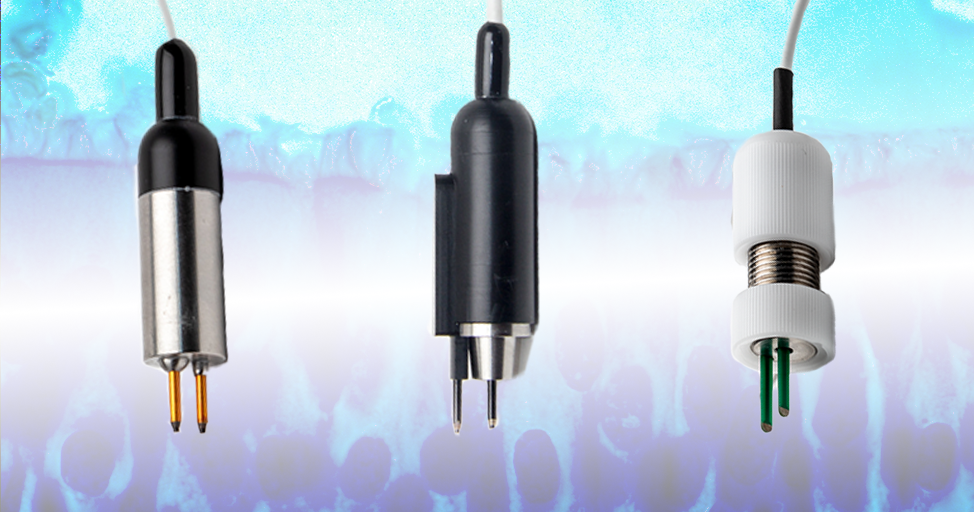
Tips for Selecting Electrodes for TEER Measurement

WPI’s EVOM™ Technology is a well-established, non-invasive method to verify tissue integrity or barrier function, confluence, and tissue properties in 2-D and 3-D formats. To get the best TEER measurement results with WPI’s EVOM technology, you need to select suitable electrodes based on your application.
Selection Criteria
Here are some criteria to consider when selecting a TEER measurement electrode.
· EVM-EL-03-02-01 is designed a Corning 96 HTS plate.
· EVM-EL-03-02-04 is designed for a Corning 24 HTS plate.
· EVM-EL-03-03-01 STX is suitable for removable transwells, such as Corning 3470.
If your cell membrane layer has a larger surface area, a larger concentric electrode pair setup is required. Even if the STX electrode can physically fit into the transwell plate, the acquired data may not be reliable. Over a large surface membrane area (like a 6- or 12-well insert), the chopstick electrode like the STX4 cannot create a uniform electrical current density across the entire membrane surface. In that case, reading 6 and 12 well inserts with an STX4 may yield less accurate measurements for the entire membrane surface. That’s why WPI recommends ENDOHM-12G for 12 mm inserts and ENDOHM-24G for 6-well (24 mm) inserts.
For consistent readouts and to minimize data variations, maintaining consistent positioning of the electrode over a sample during measurement is critical. Select an HTS electrode matching the HTS plate format (24 or 96) and the manufacturer type (Corning, Millipore or MatTek). For example, use the STX HTS TEER electrode EVM-EL-03-02-02 with a Millipore 96 HTS plate, and the EVM-EL-03-02-01 TEER electrode with a Corning 96 HTS plate.
Benefits & Limitations of TEER Electrodes
Understanding the benefits and limitations of the EVOM™ electrode is helpful when you are selecting one for your TEER measurement application.
EndOhm TEER Electrodes for High Accuracy
The EndOhm electrode is considered the most accurate TEER measurement electrode, because a sample is placed in between two concentric electrode pairs. This is believed to a create more uniform electrical current density over the sample than a chopstick STX4 electrode. This configuration results in better reading stability and measurement accuracy, and greater consistency can be observed with EndOhm chambers as compared to a STX4 electrode.
The disadvantage of using an EndOhm chamber is that you must transfer removable inserts from your sample plate to the EndOhm chamber to read and then move the sample back to the sample plate.
Chopstick Style TEER Electrodes for Direct Measurement in Plates
An STX4 electrode can be used directly in the sample transwell plate, so the individual samples do not need to be moved in and out of the sample plate. They are suitable for small surface areas like 24- and 96-well plates.
NOTE: For 6- and 12- well inserts, EndOhm chambers are recommended, since the STX4 electrode is not suitable for larger surface area membranes.
HTS STX TEER Electrodes, Keyed to Specific Manufacturers’ Plates
Each HTS STX electrode model is plate manufacturer and HTS plate type specific. Each type fits perfectly with one kind of HTS plate (like the Corning 96 HTS). For a different manufacturer’s similar 96 HTS well plate, a different HTS STX electrode model needs to be used, since the HTS plate designs vary from one plate manufacturer to another.
Choosing the appropriate electrode ensures you get accurate, repeatable, reliable TEER measurement readings for you application, and WPI offers a variety of TEER measurement electrodes. If you have any questions regarding your choice of TEER electrode, email us at sales@wpi-europe.com.




Request
Catalogue
Chat
Print